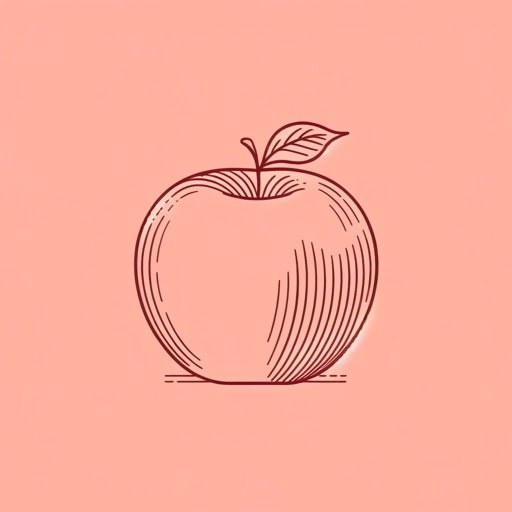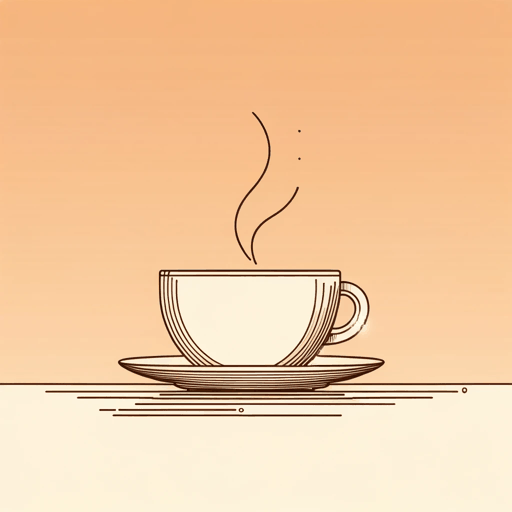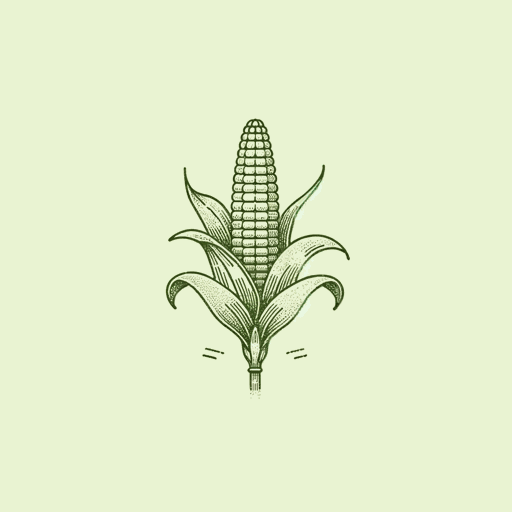50 pages • 1 hour read
Michael PollanThe Omnivore's Dilemma
Nonfiction | Book | Adult | Published in 2006A modern alternative to SparkNotes and CliffsNotes, SuperSummary offers high-quality Study Guides with detailed chapter summaries and analysis of major themes, characters, and more.
Part II, Chapters 8-10Chapter Summaries & Analyses
Chapter 8 Summary: “All Flesh is Grass”
The chapter opens with Pollan during a brief period of repose after helping farmer Joel Salatin put up hay. He worked for seven days on Salatin’s farm, quickly developing a sense of appreciation for the labor involved in food production. Pollan considers the role of the pasture and questions whether it is still a viable part of American culture and food systems.
Salatin’s farm produces animals, eggs, tomatoes, berries, and other crops, but Salatin maintains that his most important crop is grass. This proclamation confused Pollan at first, but he soon recognized the importance of grass in the daily balance of Salatin’s work. The animals he raises rotate through pastures and consume hay in winter, a direct contrast to the feedlots described in Part I. Beef cattle take the first turn on a pasture, followed later by chickens. The chickens consume larvae in the cow patties which helps to limit the possibility of parasites. Chickens also reintroduce nitrogen to the pasture. After the chickens move on, the pasture can rest before the cycle begins again.
Just like animals, humans are drawn to the aesthetic of the pasture. The human relationship with grass began when hunter-gatherers sought animals that ate the grass of the savanna.
Related Titles
By Michael Pollan

How to Change Your Mind: What the New Science of Psychedelics Teaches Us About Consciousness, Dying, Addiction, Depression, and Transcendence (2018)
Michael Pollan

In Defense of Food
Michael Pollan

The Botany of Desire: A Plant’s-Eye View of the World
Michael Pollan

This Is Your Mind on Plants
Michael Pollan

